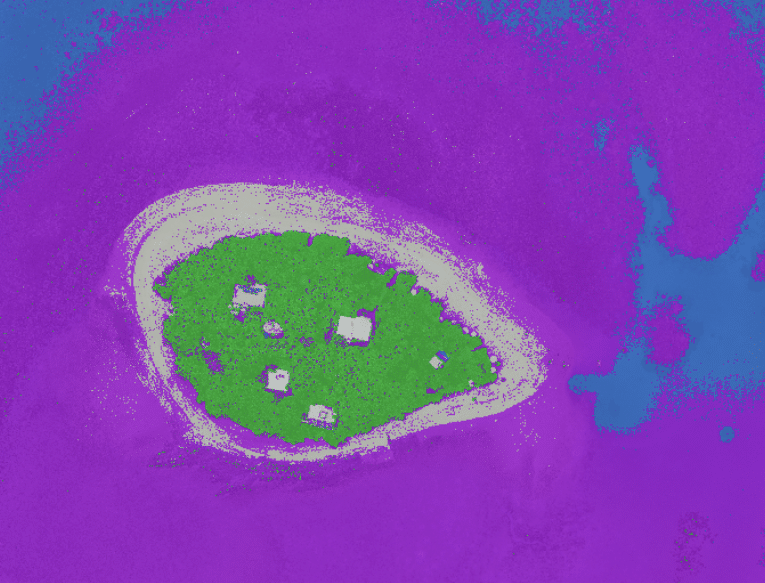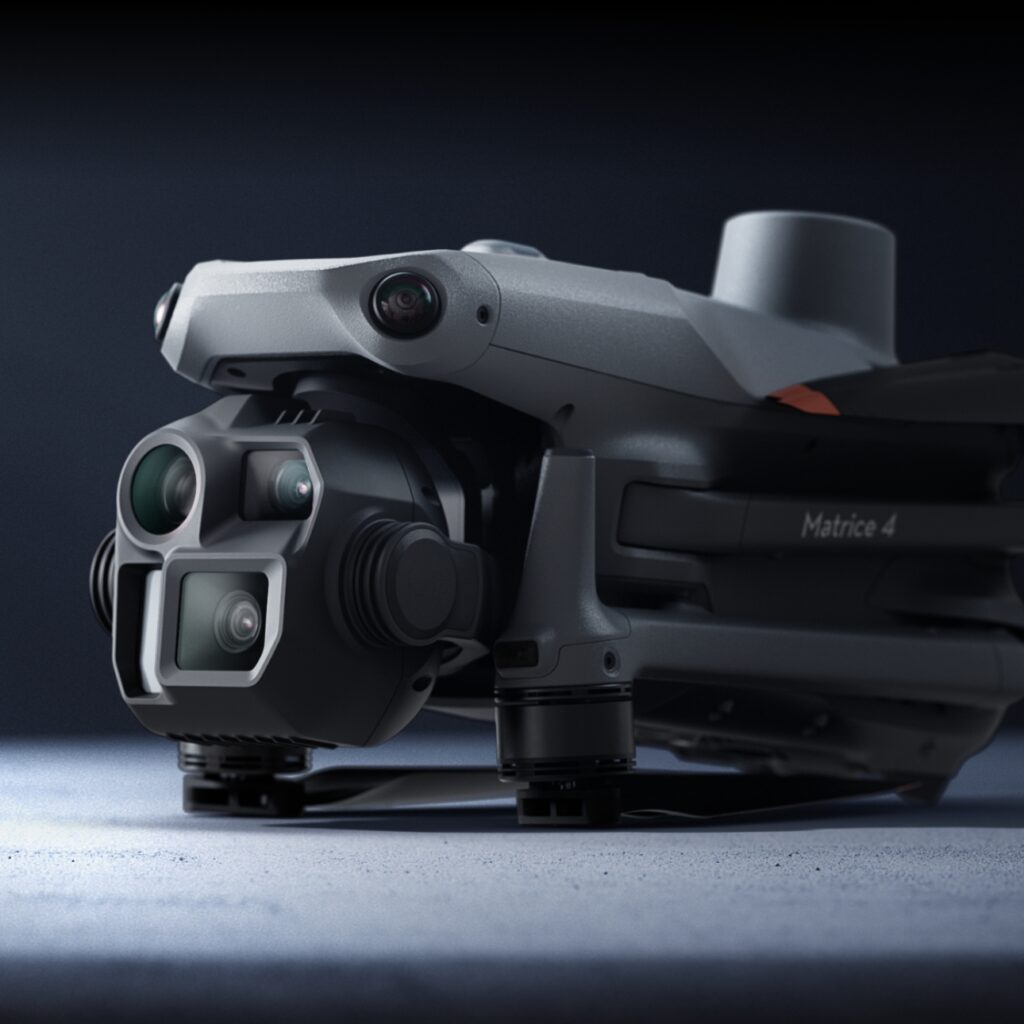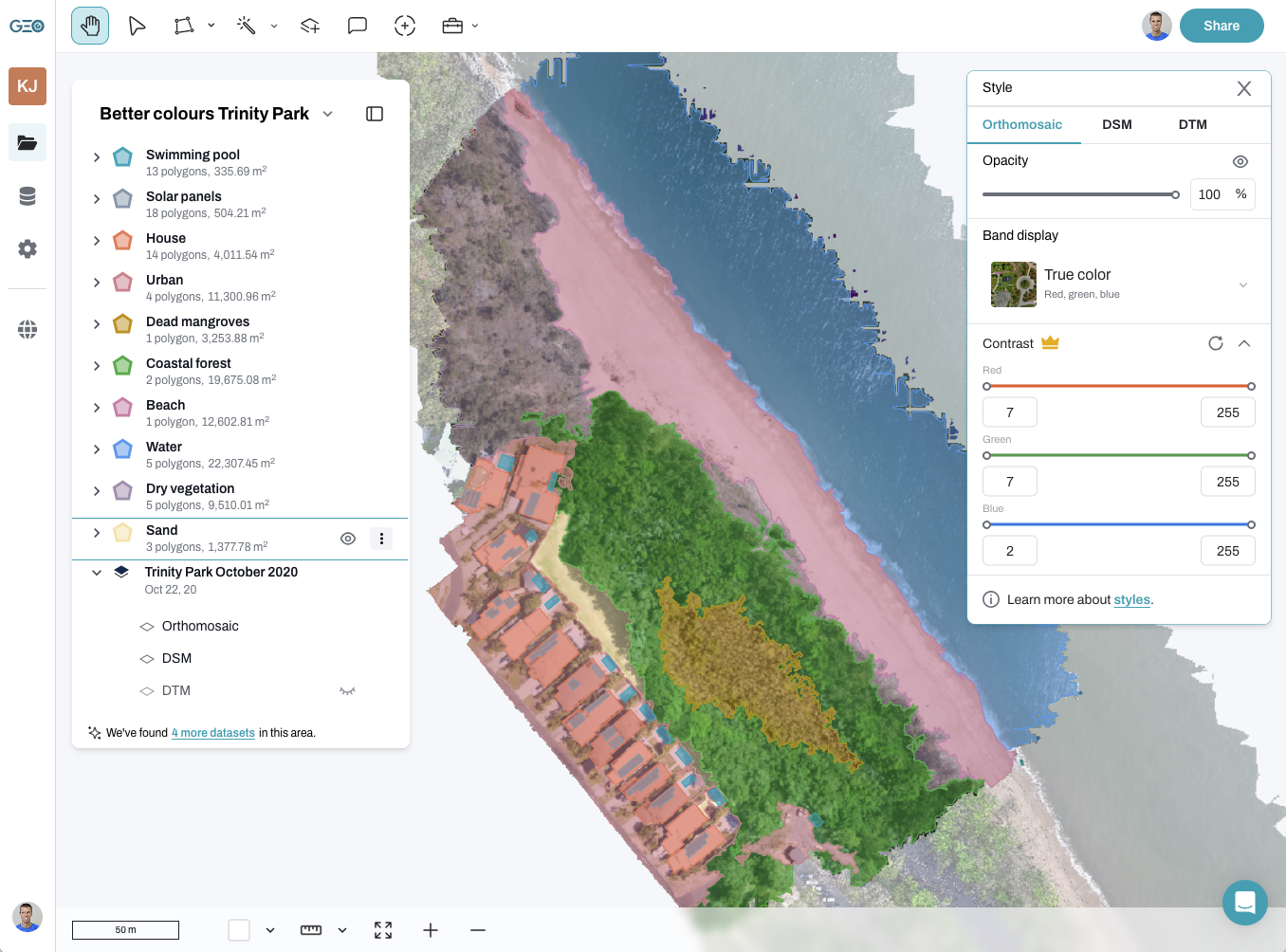People frequently ask about how to calculate the optimal drone flying height, however, it’s the wrong question to ask. What is more important is to understand the size of the feature/s that you are trying to map.
It may come as no surprise that as you increase the altitude of your drone, you are able to photograph larger areas. But the trade-off is that in doing so, you lose the amount of detail you can see in each image. There is absolutely no point in covering a large area if you can no longer identify your feature of interest!
How to calculate the optimal flying height.
So to figure out the optimal flying height for any particular application…
- Determine the size of the smallest feature that you wish to identify (e.g. a particular weed of minimum size 20cm).
- Take the number that you determined in (1) and divide by 10… this is roughly the minimum pixel size that you will need in your imagery. In the example of the 20cm weed, you need a 2cm pixel size.
- Do a google search to find your drone camera specifications
- From the specifications, determine the camera field of view (FOV), which is the angular measurement of the sensor. For example, a fisheye lens has a 180deg FOV. The Phantom 4 Pro FOV is 84deg, and the Mavic 2 Pro is 77deg.
- From the specs, determine the size of the pixel array. The Phantom 4 Pro and Mavic 2 Pro both have 5472 × 3648 arrays.
- Revisit your high school trigonometry class and use TAN to figure out the required flying height based on your drone camera specifications and the pixel size requirement. I’ll show you how to do the calculation the video below 🙂 I’m pretty sure that this is the only application for which I ever used trigonometry since I left school!
Have a play with our own flight parameter calculator!
Wait, there’s a shortcut…
If it all sounds too hard to do steps 3 and 4, and math isn’t your strong point, you might be pleased to learn the shortcut. You can use a drone mapping mission planning app, and as you experimentally change your planned flying height, it will estimate the resultant pixel size. For example, if I plan a mission in Drone Deploy based on using a Phantom 4 Pro, I can see that at 66m altitude, I can expect to achieve a 2cm pixel size, while I can fly at 90m altitude with the Mavic 2 Pro. If you’re going to use this method, double-check that it is basing the calculation on the correct drone. You can find the planning camera in the advanced settings section of DroneDeploy.
Be aware that the flying altitude you set will be relative to the take-off location unless you are using an app with a terrain-following feature where the altitude is relative to the ground above which you are flying. This means that the effective resolution of your imagery will actually vary throughout your region of interest – unless it’s a flat region.
Don’t forget to check local drone flying regulations.
As always, please check your local regulations to ensure that you are not exceeding the maximum flying height. In Australia, that’s 400’ or 120m, though that ceiling height may be lower if you are within the approach or departure path of an airport.
Once you’ve captured your data with just the right resolution for your application, I’d love to see it! Share your drone mapping data on GeoNadir and help us create the most detailed map of the planet ever possible!
Questions? Have any insights that I missed? Need to brainstorm a topic you’d like to write about? Share below in the comments — I’d love to help and hear them!



